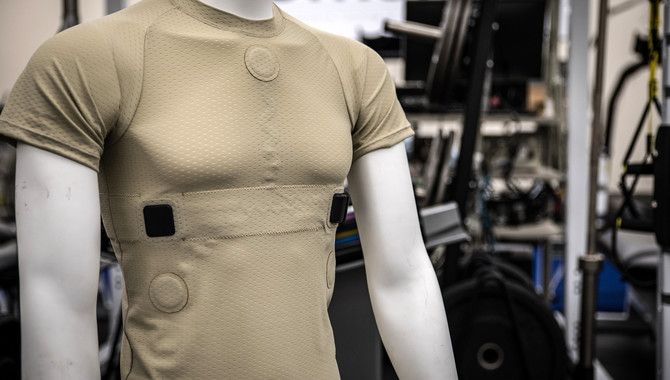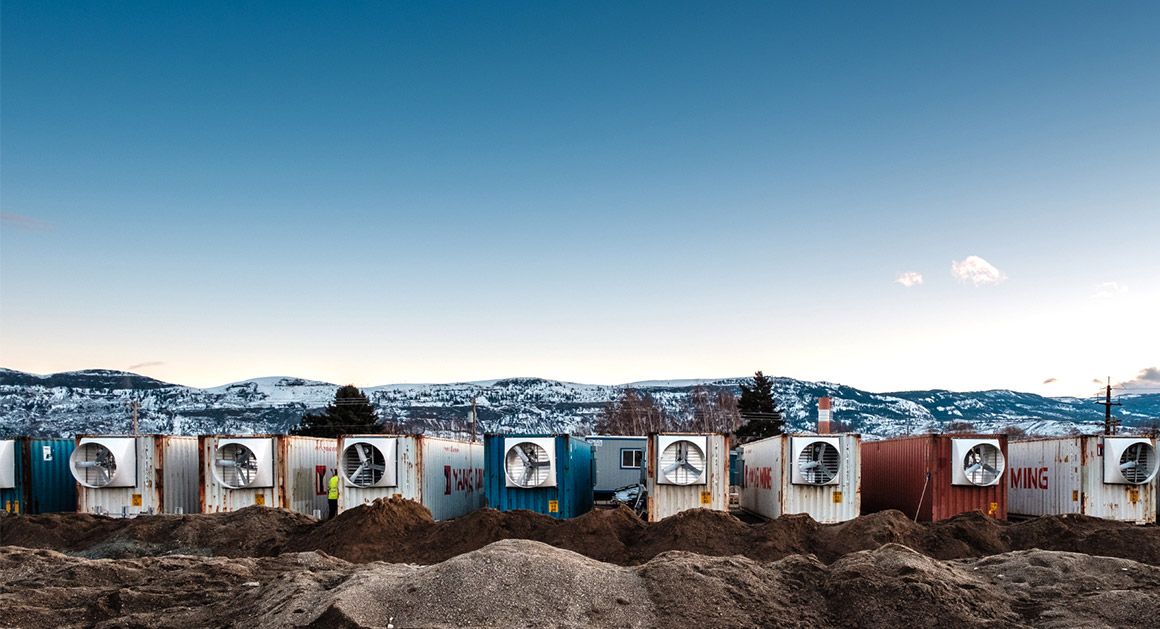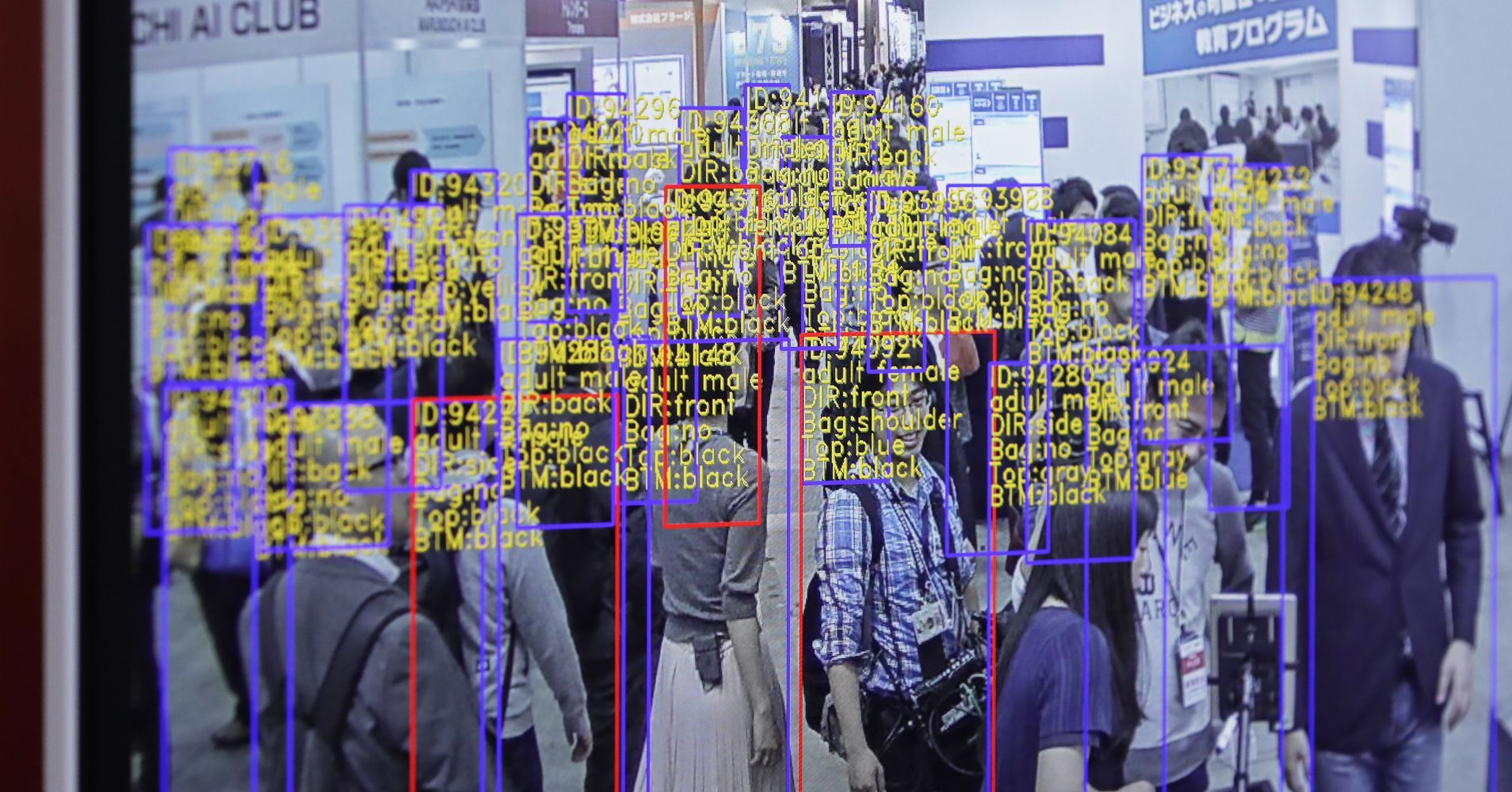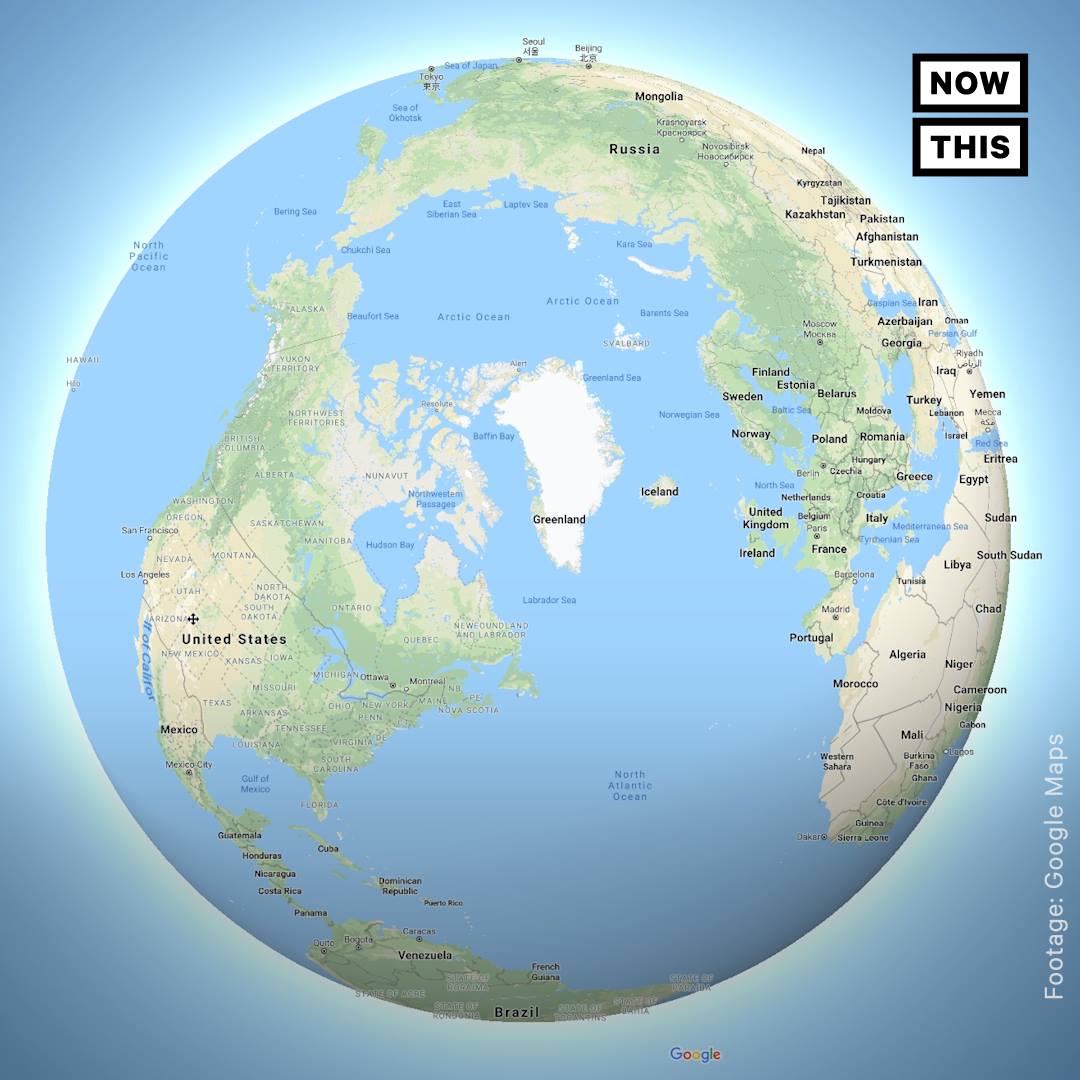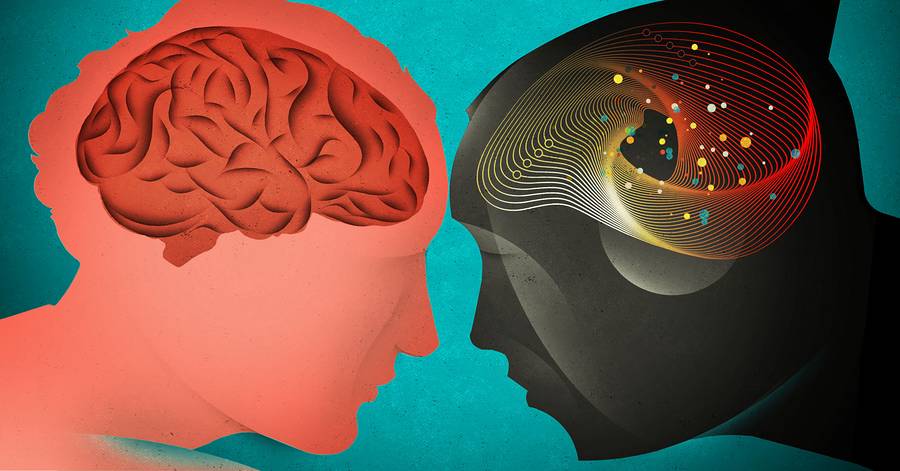Page 8595
Aug 4, 2018
How will Bitcoin Work When Mining Rewards Run Out?
Posted by Philip Raymond in categories: bitcoin, cryptocurrencies, economics, internet
Let us frame the question, by reviewing what miners really do…
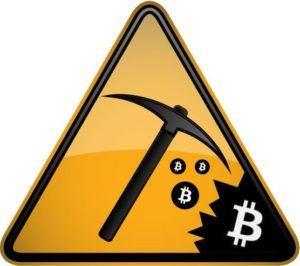 Miners play a critical role in the Bitcoin network. Their activity (searching for a nonce) results in assembling an immutable string of blocks that corroborate and log the universal transaction record. They are the distributed bookkeepers that replace old-school banks in recording and vouching for everyone’s purchase or savings.
Miners play a critical role in the Bitcoin network. Their activity (searching for a nonce) results in assembling an immutable string of blocks that corroborate and log the universal transaction record. They are the distributed bookkeepers that replace old-school banks in recording and vouching for everyone’s purchase or savings.
From the perspective of a miner, there is no obvious connection between their activity and the worldwide network of bitcoin transactions and record keeping. They are simply playing an online game and competing against thousands of other miners in an effort to solve a complex and ongoing math problem. As they arrive at answers to small pieces of the problem, they are rewarded with bitcoin, which can be easily translated into any currency.
What is the Problem?
Continue reading “How will Bitcoin Work When Mining Rewards Run Out?” »
Aug 4, 2018
Elon Musk is fulfilling Thomas Edison’s energy dreams | Michio Kaku
Posted by Sean Brazell in categories: Elon Musk, robotics/AI, singularity
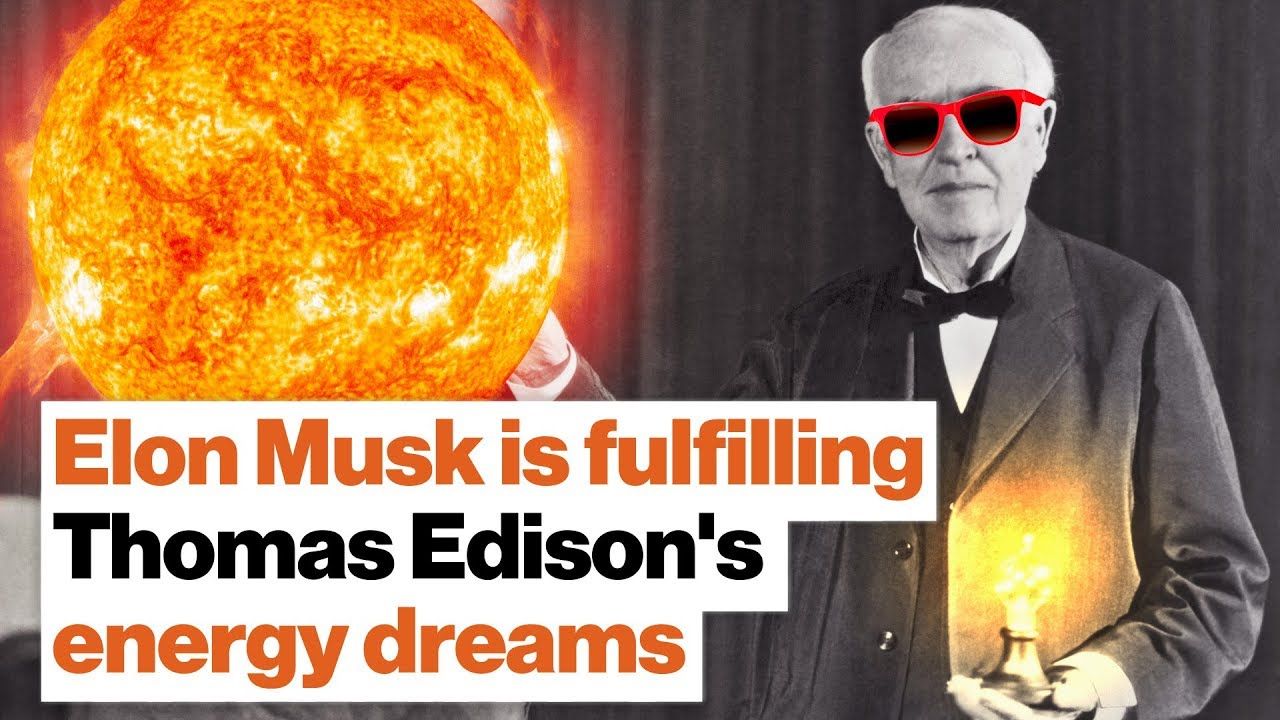
I think we have finally entered the rapid exponential runaway phase of the technological Singularity. As we’ve already seen in the last year year-and-a-half, we are in an era of unprecedented chaos and innovation. The invention of multifidus AI is, of course, the driver of the singularity and as we move forward people like Musk will become ever more importance to the future of our species.
Having a president like Donald Trump can I think, be taken as just another symptom of this period of time. It might not seem like Donald Trump has anything to do with the singularity. He, PERSONALLY, doesn’t, really. But the methods of his madness are the salient data point here. His use of Twitter VERY quickly changed the way millions of people communicate. It changed how they view the world, and their place within it. They have fallen to theiir knees in hypocritically and ENTIRELY UNFORGIVEABLE SUBMISSION to the SICKLY malevolent STUPIDITY that is embodied in the orange, spoiled meat named Donald J Trump. The Right has finally drunk the Kool-Aid that they’ve been serving everyone else for years and found it to be most unpleasantly bitter. They have been bitten by the hand that feeds them.
Aug 4, 2018
Lighter, leaner, lifesaving: AF tests wearable medical tech
Posted by Klaus Baldauf in categories: biotech/medical, military, wearables
Wearable medical technology is designed to be small and lightweight to minimize additional burden on medical Airmen and the warfighter, whether they are on a remote battlefield or aboard an aircraft.
“Wearables provide greater accessibility,” said Dr. David Burch, a research biomedical engineer and the medical technology solutions team lead for the En Route Care Medical Technology Solutions Research Group, 711th HPW. “An aircraft has a very tight space and weight limit to maintain performance, and battlefield medics need to carry everything they use. Wearables provide accessibility to the human in a way that is better form, fit, and function.”
One wearable device that achieves that accessibility is a tissue oxygenation sensor, developed jointly with a private company. This small, soft, injectable sensor lets medics determine if a patient is able to be medically evacuated by assessing how well their blood transports oxygen to tissue.
Continue reading “Lighter, leaner, lifesaving: AF tests wearable medical tech” »

https://youtube.com/watch?v=Q5cwP1HmEGo
Ghostgunner.net is a leading seller of 80 percent receivers and machine tools to complete AR-15 and AR-308 ghost guns.
Aug 4, 2018
This Is What Happens When Bitcoin Miners Take Over Your Town
Posted by Klaus Baldauf in categories: bitcoin, energy
Eastern Washington had cheap power and tons of space. Then the suitcases of cash started arriving.
Aug 4, 2018
DARPA Picks Research Teams for Post-Moore’s Law Work
Posted by Klaus Baldauf in categories: computing, materials
The Defense Advanced Research Projects Agency (DARPA) has selected the teams for two research programs that the agency hopes will provide technologies to transcend the limits of Moore’s Law.
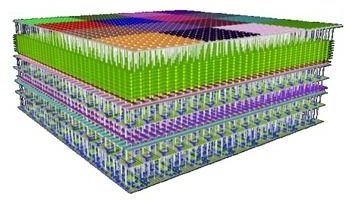 As part of DARPA’s $1.5 billion Electronics Resurgence Initiative (ERI) to “jumpstart innovation in the electronics industry,” the Three Dimensional Monolithic System-on-a-Chip (3DSoC) program and the Foundations Required for Novel Compute (FRANC) program are focused on developing chip-level innovations that lead to more powerful and efficient computing systems. We reported on both programs last September, just after they were announced.
As part of DARPA’s $1.5 billion Electronics Resurgence Initiative (ERI) to “jumpstart innovation in the electronics industry,” the Three Dimensional Monolithic System-on-a-Chip (3DSoC) program and the Foundations Required for Novel Compute (FRANC) program are focused on developing chip-level innovations that lead to more powerful and efficient computing systems. We reported on both programs last September, just after they were announced.
Last week, during DARPA’s first ERI Summit in San Francisco, the agency revealed the research teams selected to drive each of these efforts. For the 3DSoC program, groups from the Georgia Institute of Technology, Stanford University, Massachusetts Institute of Technology, and Skywater Technology Foundry were tapped. The corresponding research teams for the FRANC program will come from HRL Laboratories; Applied Materials, Inc.; Ferric, Inc.; the University of California, Los Angeles; the University of Minnesota; and the University of Illinois at Urbana-Champaign.
Continue reading “DARPA Picks Research Teams for Post-Moore’s Law Work” »
Aug 4, 2018
Five of the scariest predictions about artificial intelligence
Posted by Derick Lee in categories: business, ethics, robotics/AI
AI is a buzzword that gets tossed around often in the business world and in the media, but it is already having tangible effects for a slew of industries — not least those that rely on a significant amount of manual labor.
As AI comes increasingly closer to maturity, and businesses continue to ramp up investments in it, some worry that not enough attention is being paid to the broader social and moral implications of the technology.
CNBC spoke with some experts to see what they think are the five scariest potential future scenarios for AI.
Continue reading “Five of the scariest predictions about artificial intelligence” »
Aug 4, 2018
Google Maps New Feature Displays Globe, Not Flat Earth
Posted by Michael Lance in category: futurism
Aug 3, 2018
Should Artificial Intelligence Copy the Human Brain?
Posted by Genevieve Klien in categories: innovation, robotics/AI
The biggest breakthrough in AI, deep learning, has hit a wall, and a debate is raging about how to get to the next level.

